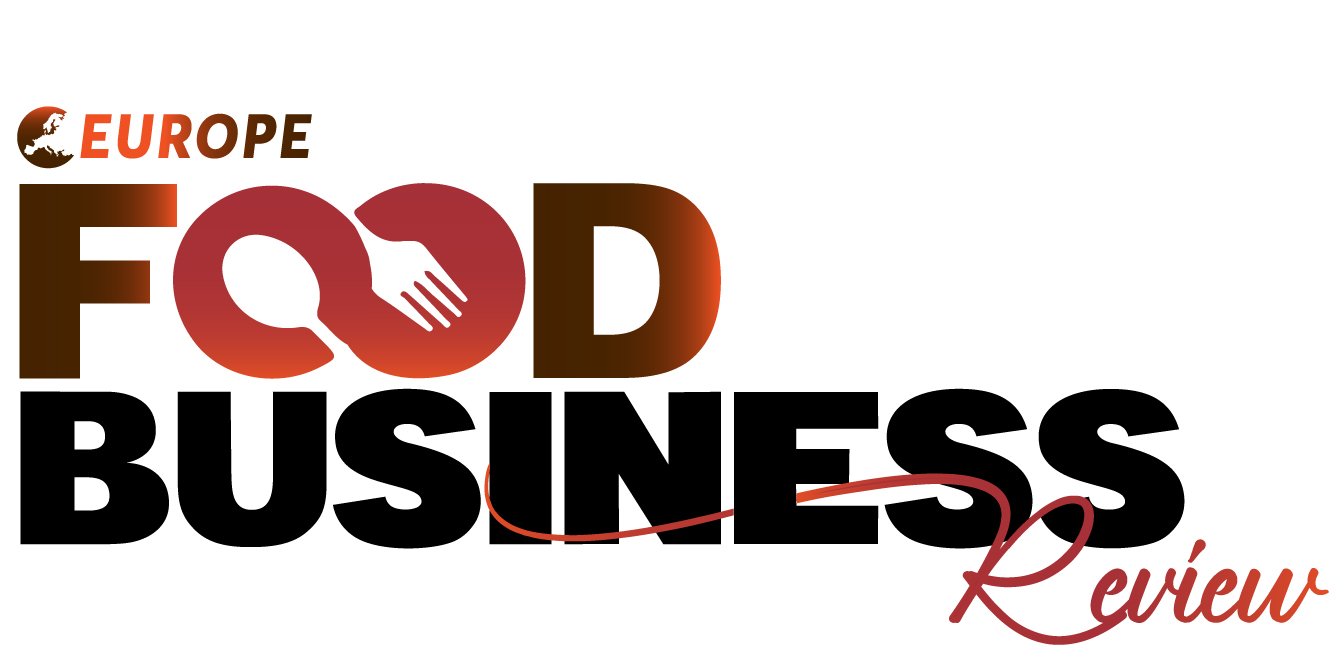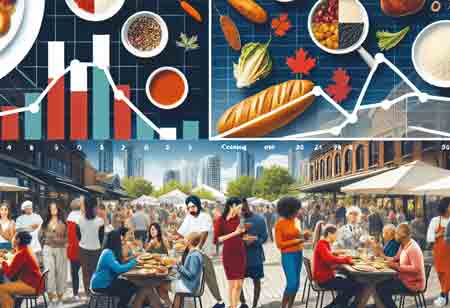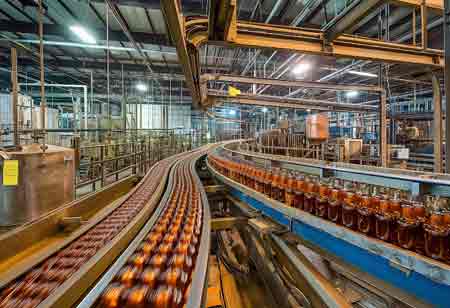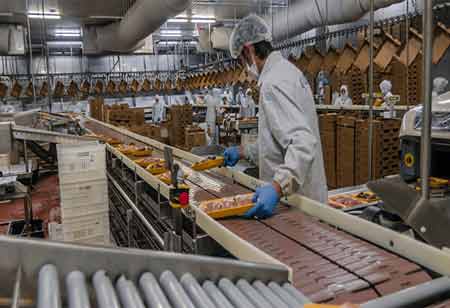Thank you for Subscribing to Food Business Review Weekly Brief
- Home
- Topics
- Alternative Proteins and Plant Based Food
- Beer and Wine
- Canned Beverages
- Coffee And Tea
- Food and Beverage Consulting
- Food and Beverage Financial Service
- Food And Beverages Marketing
- Food Distributors
- Food Ingredients
- Food Sustainability
- Plant Based Food and Beverages
- Seafood Suppliers
- Supplement Manufacturing
- Wine Investment
- News
- Vendor Viewpoint
- CXO Insights
- Conferences
- Newsletter
- CXO Awards
-
AI-Powered Menu Engineering: Reshaping Optimization through Predictive Analytics and ML
AI-driven menu engineering enhances profitability and customer experience through predictive analytics, real-time pricing, and personalized recommendations, transforming traditional culinary practices into data-backed strategies.
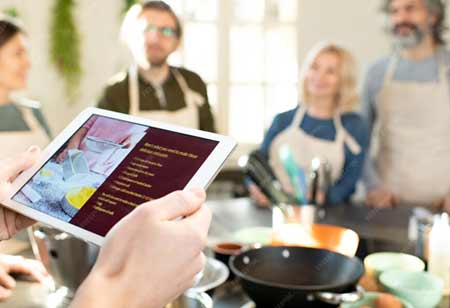
By
Food Business Review | Tuesday, October 14, 2025
Stay ahead of the industry with exclusive feature stories on the top companies, expert insights and the latest news delivered straight to your inbox. Subscribe today.

Fremont, CA: The realm of menu engineering, traditionally a blend of culinary expertise and fundamental sales analysis, is driven by the capabilities of Artificial Intelligence (AI). The integration of predictive analytics and machine learning is not just automating the process; it is fundamentally reshaping how establishments approach menu optimization to maximize profitability, enhance operational efficiency, and elevate the customer experience.
Predictive Forecasting and Profit Maximization
At the core of this revolution is the ability to process and synthesize vast datasets in ways that human analysis alone cannot match. Predictive analytics, powered by machine learning algorithms, moves beyond reporting what did sell to accurately forecasting what will sell. These systems ingest data from multiple streams—historical sales figures, ingredient costs, seasonal trends, and even external factors like local events or weather patterns—to model future demand with high precision. This foresight is critical, allowing for proactive adjustments to stock levels and preparation strategies, ultimately minimizing waste and optimizing the use of resources.
Machine learning algorithms are the engine behind this predictive capability. By continuously learning from new transaction data, customer feedback (often analyzed through advanced techniques like natural language processing), and real-time operational metrics, these systems identify subtle, high-impact patterns. They can discern which menu items are high-profit "stars" and which are low-margin "puzzles" or "dogs" with far greater accuracy and speed than conventional methods.
This analytical power directly translates into sophisticated optimization strategies. For item composition and placement, AI can suggest recipe refinements or ingredient substitutions that maintain quality while controlling costs, enhancing the dish's contribution margin. For menu layout, it can recommend strategic placement—identifying the "sweet spots" on a digital or printed menu—to draw attention to the most profitable items, effectively guiding the customer's journey.
Pricing and Personalization
AI also facilitates highly granular pricing optimization. Instead of relying on static, months-old pricing, machine learning models can recommend real-time price adjustments based on fluctuating ingredient costs, current demand levels, and time of day. This approach ensures that pricing always reflects the maximum willingness-to-pay while remaining competitive, directly boosting revenue yield.
Beyond profit, AI-driven menu optimization profoundly impacts the customer experience through personalization. By analyzing individual or demographic preference data, the system can generate tailored recommendations, suggesting dishes, pairings, or special offers that align perfectly with a patron's past behavior or perceived tastes. This shift from a one-size-fits-all menu to a dynamic, customized offering is key to building greater customer satisfaction and encouraging repeat business.
AI-powered menu engineering creates a perpetual feedback loop where every customer interaction and every sale contributes to a smarter, more efficient, and more profitable menu design. It replaces guesswork with granular, data-backed insights, ensuring the menu remains an optimized asset that aligns culinary creativity with commercial strategy. The result is a highly adaptive operation, poised to meet evolving customer desires and market dynamics with unprecedented agility.
